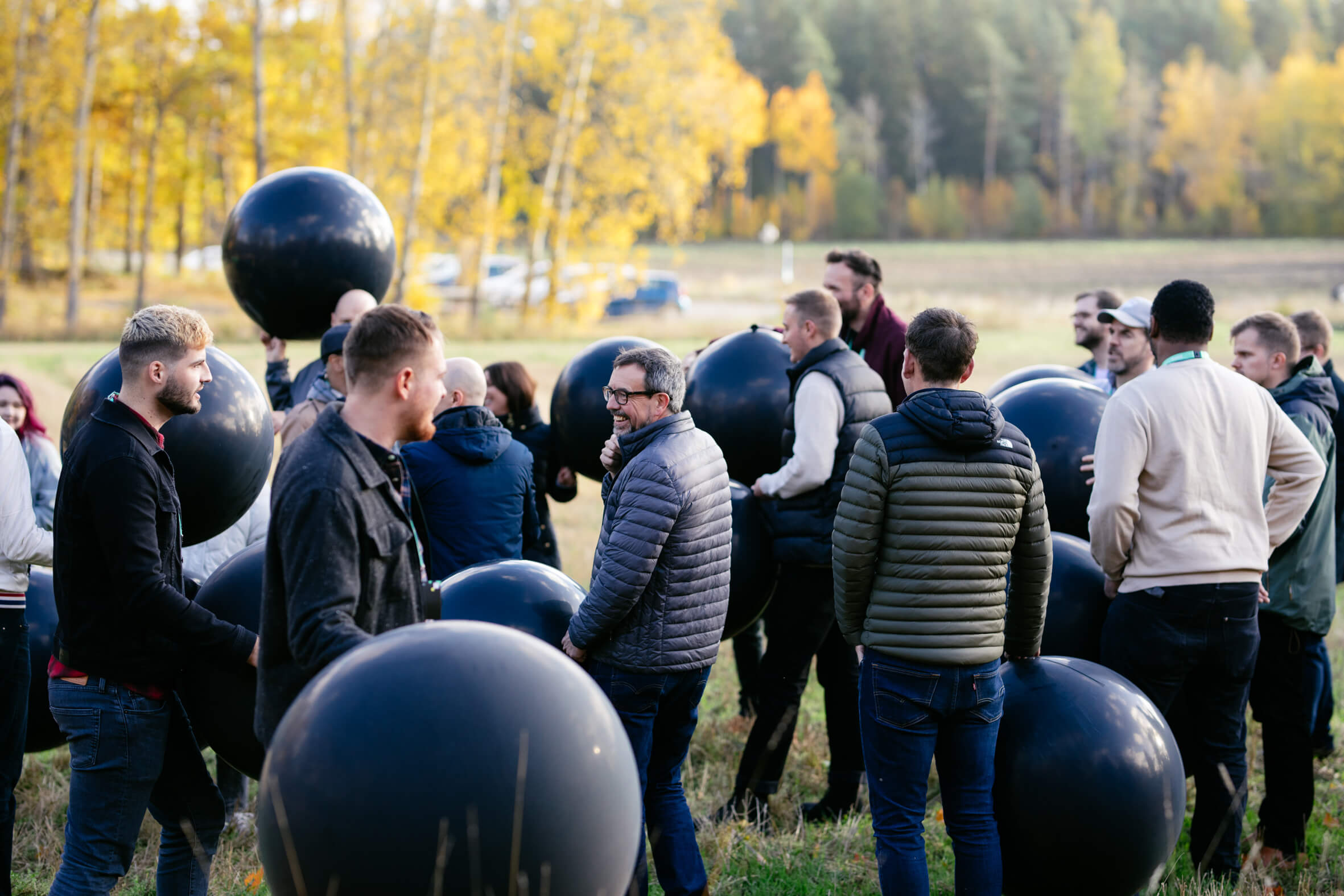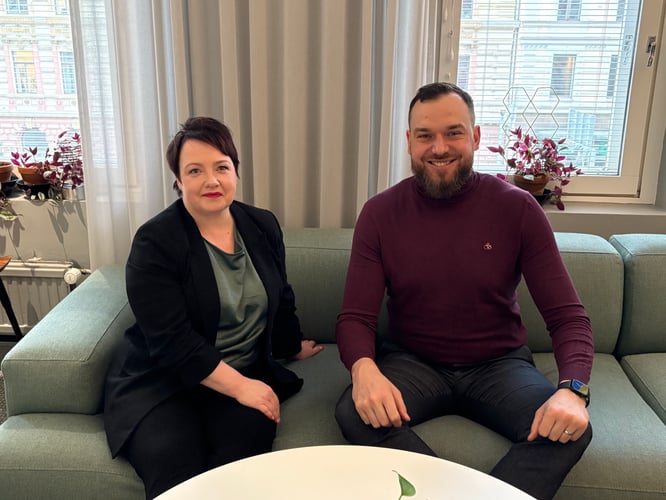

Accelerate business growth with end-to-end marketing
Good marketing drives sales, but that’s just half of the story. Today’s customers pass through many touch points when they make anything more than the simplest purchase. So imagine the power of creatively led, data-driven marketing that tells a consistent story from initial awareness right through to purchase and retention.

What we do
At Luxid, we specialise in the art and science of creating more cohesive, more engaging and more valuable end-to-end customer journeys. We help our clients break open silos to create customer journeys that drive sales and support buyers. Discover more about how we can accelerate your digital growth.
- Creative Excellence
- Digital Marketing Solutions
- Digital Sales Solutions
- Data & Performance
- Digital Experience Solutions

Customer case studies
We support our clients end-to-end, combining sales and marketing activities across previously siloed organizations to deliver insight-led competitive advantage, focused creativity and bigger, better business impacts.

HMD Global
Luxid helped HMD Global shift Nokia Phones to a robust ecommerce platform across 14 regions in six months, granting full control over its direct-to-consumer strategy.

Outokumpu
The global leader in sustainable stainless steel, wanted to transform its marketing from traditional to digital, but lacked the tools and capabilities to do so.
Fleetguard
Fleetguard needed to better establish what sets them apart in a crowded market and
amplify it across multiple industries around the world. A defined purpose and customer
focus provided the reasons to connect with and prefer the Fleetguard brand.
Surround yourself with a small group of smart people. Set a clear and ambitious vision. This becomes your North Star.Jussi WacklinVice President, Brand, Digital Marketing, Culture at Amadeus

Working with global leaders

Helsinki, Turku, London, Dayton, Austin
We’re a fast growing independent agency based in Finland, the UK and the US. We pride ourselves on building lasting relationships with our clients, and we’re fortunate in having exceptionally high customer recommendation rates. Our network, BBN, was named #1 of international B2B marcomms agencies and networks in 2022.
160+
Digital experts
1,100
BBN colleagues
30+
Years of experience



Our blog

Choosing the right AI agent tool for your company
Discover how to choose the right AI agent tool for your business. Luxid’s expert guide compares top...

Why Server-Side Tracking is the Future of Digital Marketing
...

How Saara’s ‘awesome journey’ took her to Luxid
Luxid’s Customer Lead Saara Parikka is driven, always learning and loves the growth, innovation and...
Let's talk!
Got a hot idea or a burning challenge? Drop us a line and let's see what we can do – you lose nothing by asking.